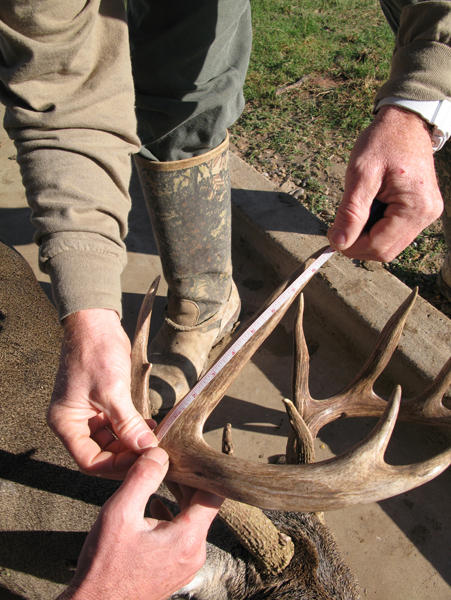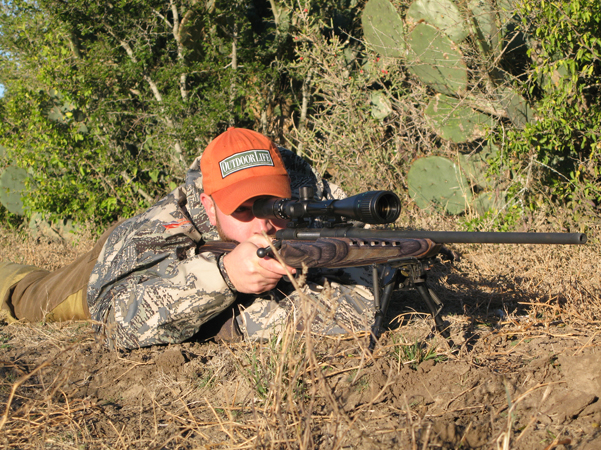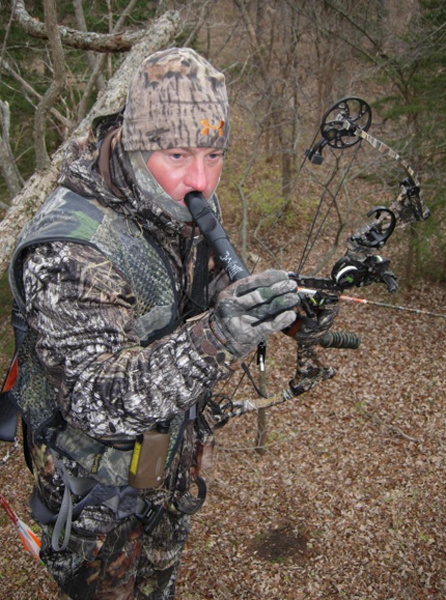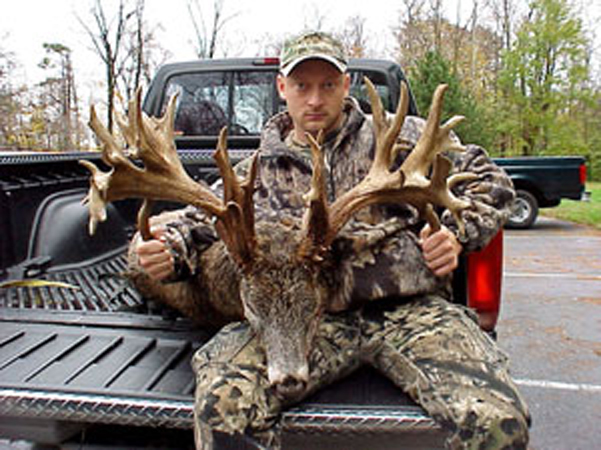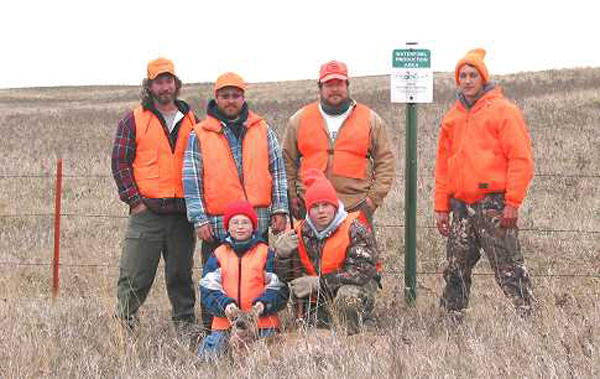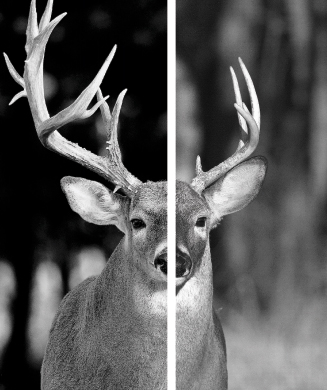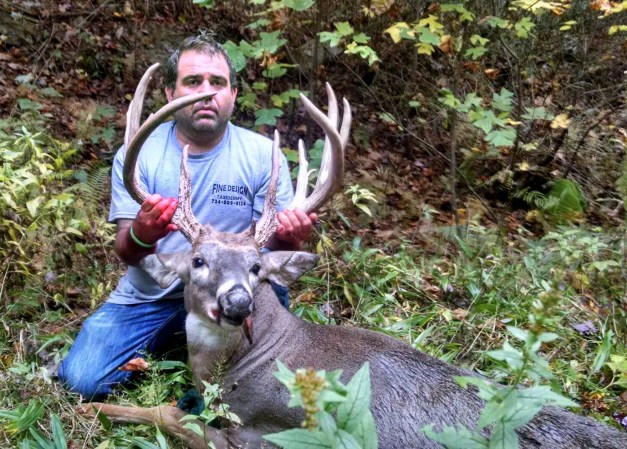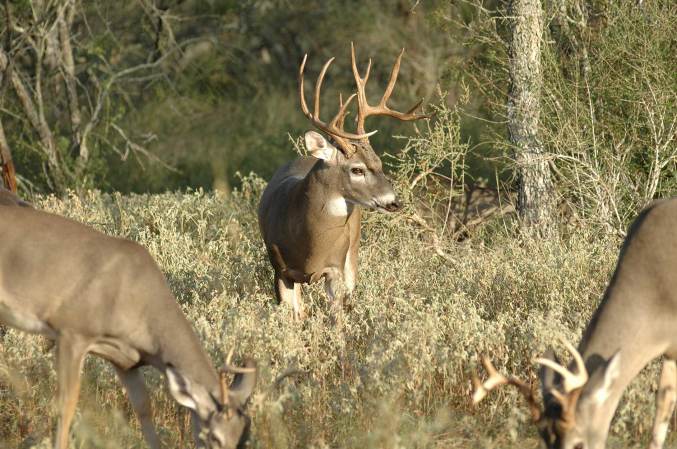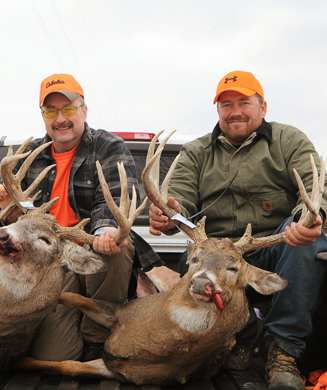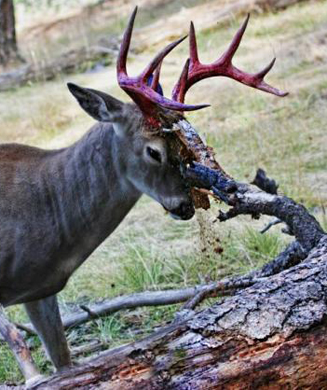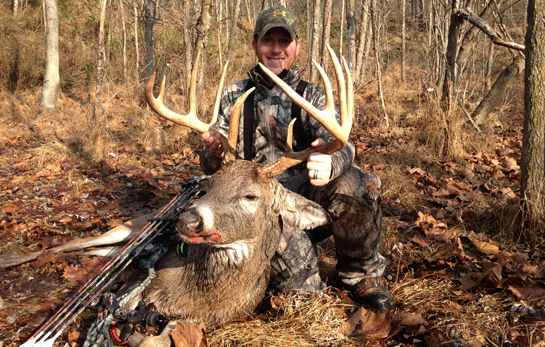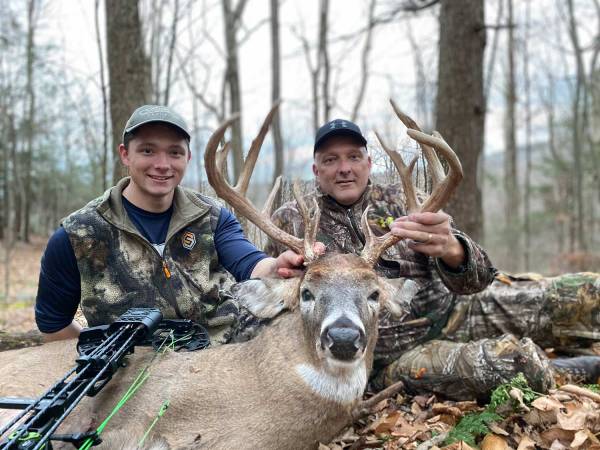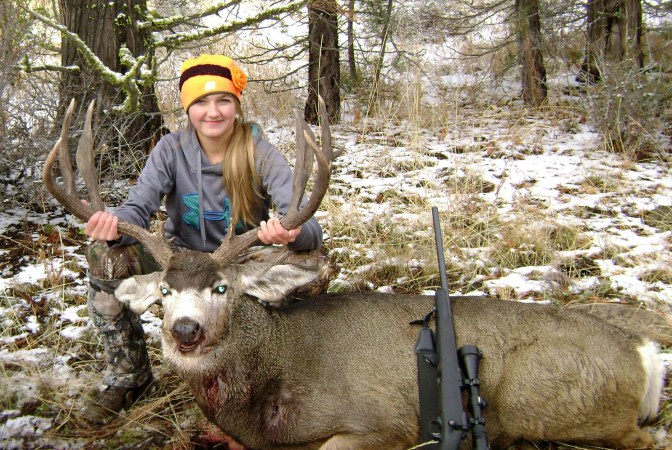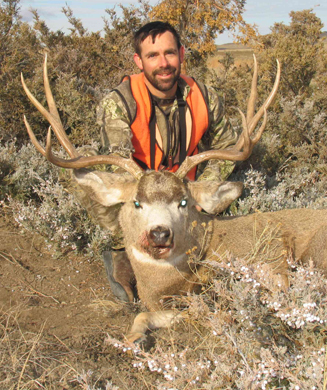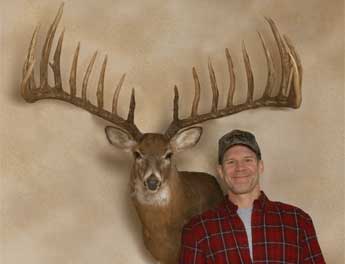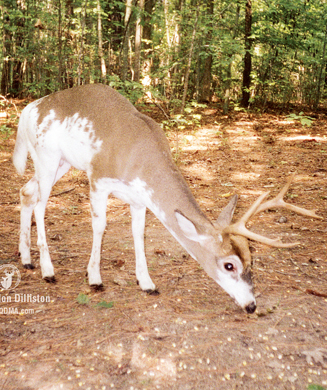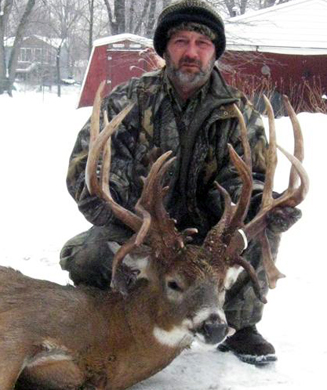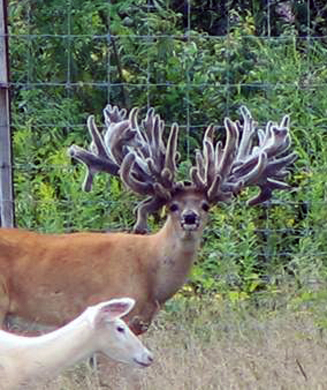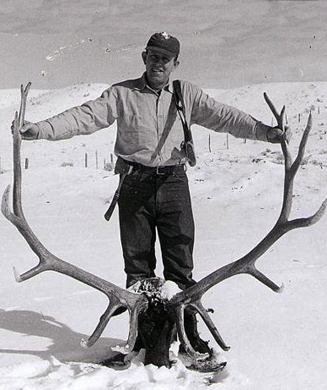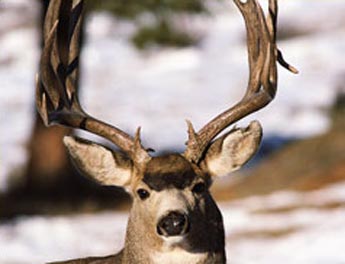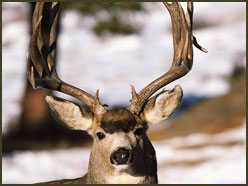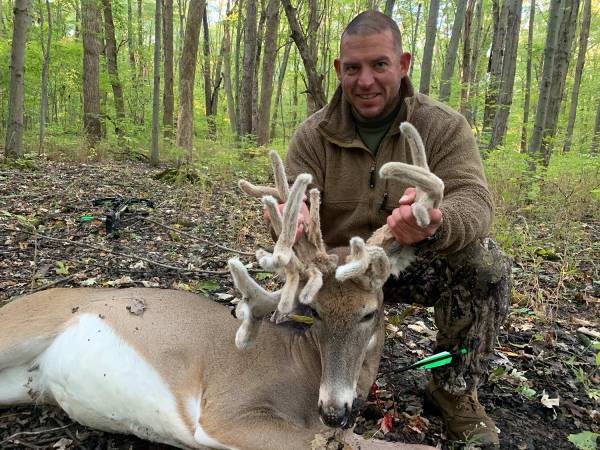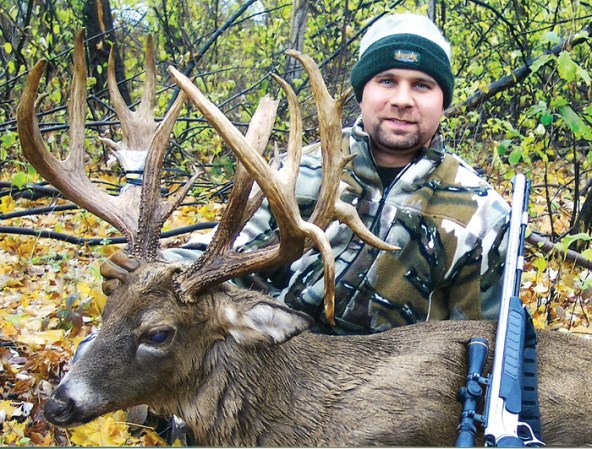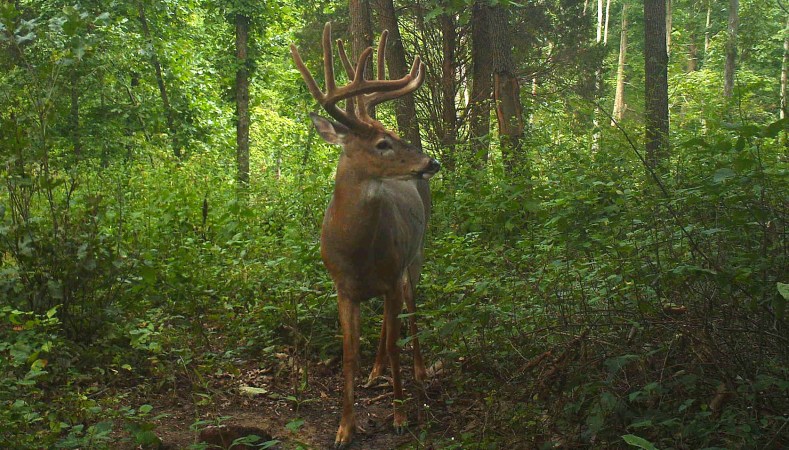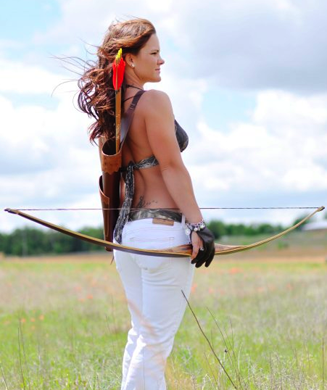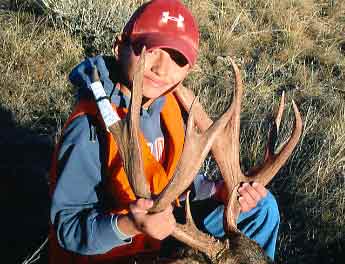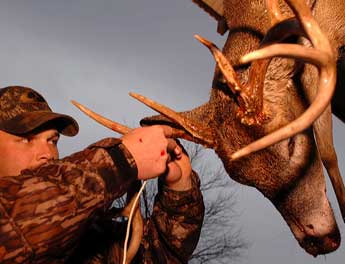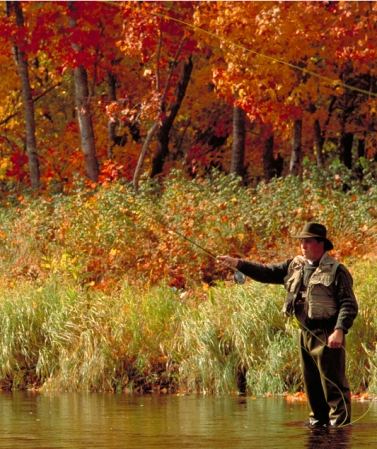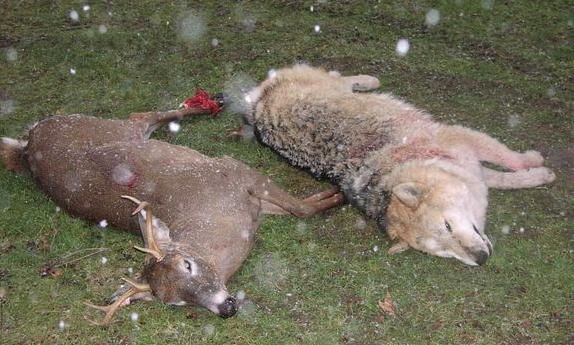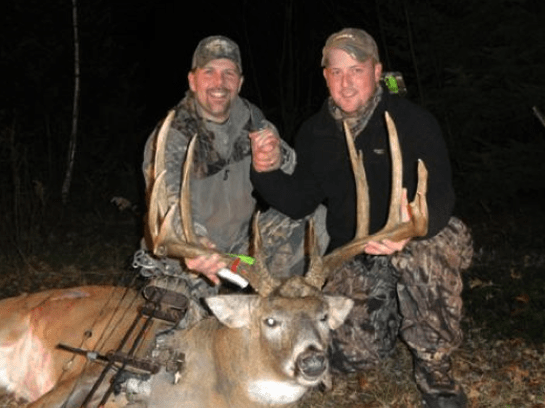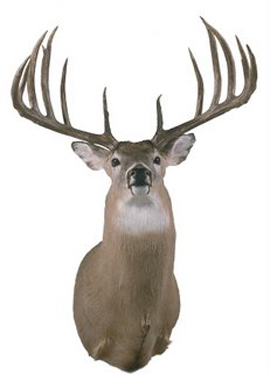
Our multi-part feature on the dark side of trophy deer hunting (September 2010) struck a nerve with readers. We've received dozens of letters that run the gamut from the congratulatory ("Thank you for having the stones to say what needs to be said") to the revisionist ("The quest for a 'trophy' buck is being mislabled; it should be the quest for a 'mature' buck") to the critical (by publishing a cover with a 200-inch buck and content that advises hunters on new ways to kill a trophy "your editors would make great politicians"). Other readers missed an important distinction that we made in the "Management Mayhem" piece of this feature. That's the world of difference between quality deer management (lower-case)–or managing landscapes and herds to produce older bucks–and the organization Quality Deer Management Association. The QDMA (upper-case) is committed to healthy landscapes, the celebration of white-tailed deer and the future of hunting, not necessarily record-book racks. Still, our feature exposed a growing rift among deer hunters, between those who celebrate the tradition and experience of the hunt, and those who are focused on killing the oldest, biggest bucks out there. Which are you? Read our five-part feature and join the dialog.
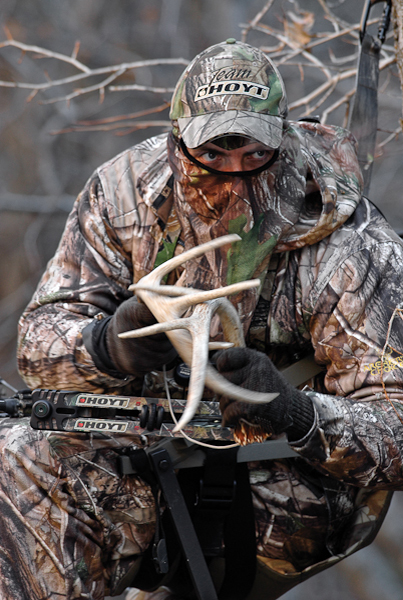
Buck fever is a glorious, highly infectious ailment that most of us deer hunters aren't interested in curing. But what of the other, clinical side of this malady–the single-minded, obsessive pursuit of trophy bucks? The all-consuming tunnel vision that causes the afflicted to lose spouses and hunting partners, to bend or break game laws, to be relentlessly dissatisfied with any except the biggest bucks? The judging of an animal only by its inches of antler, and not by the landscape or the experience that produced it?
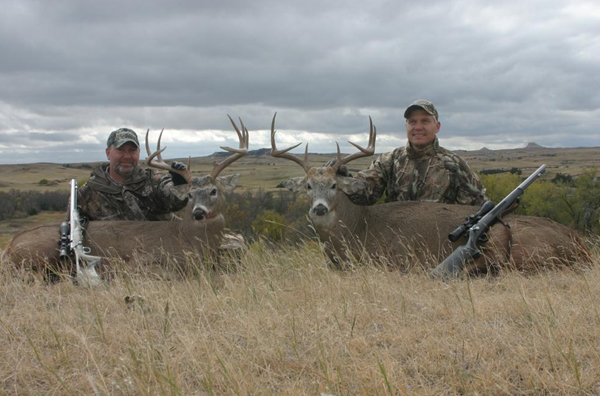
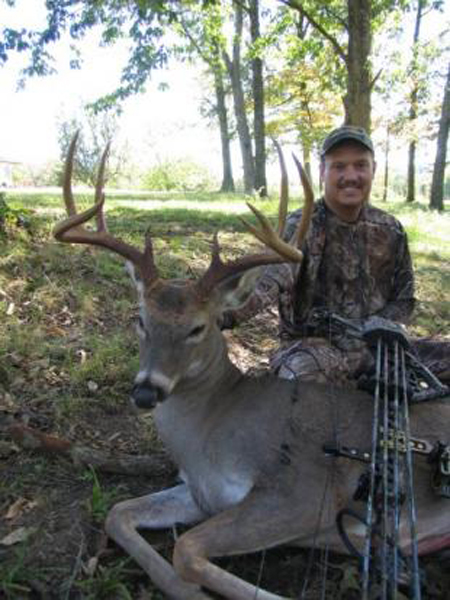
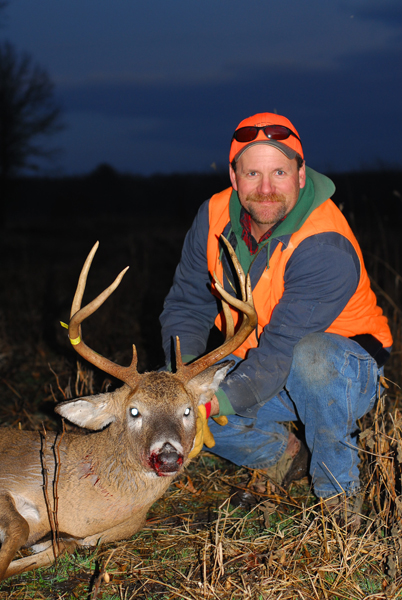
By Andrew McKean Tom Tucker ought to be happy. He lives in one of the nation's hottest areas for giant whitetails, north-central Missouri, and he loves to hunt deer with his son Trevor. As a native of the area, Tom knows dozens of landowners who control access to thousands of acres of hardwoods, bottomlands and brushy upland pastures. He graduated with their kids and moonlighted on weekends fixing their tractors. Photo: Tom Tucker
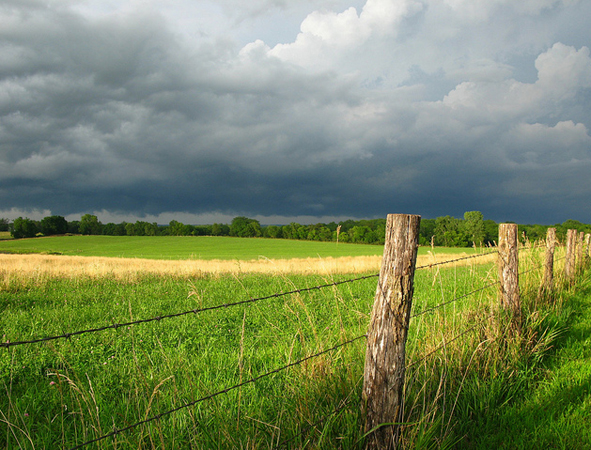
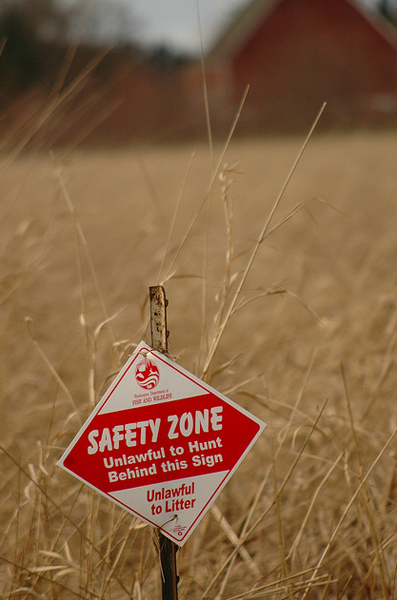
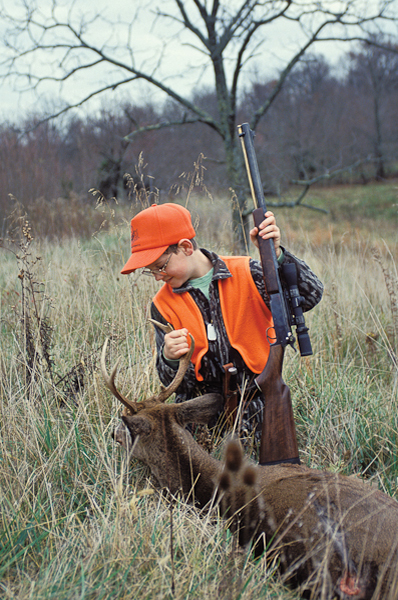

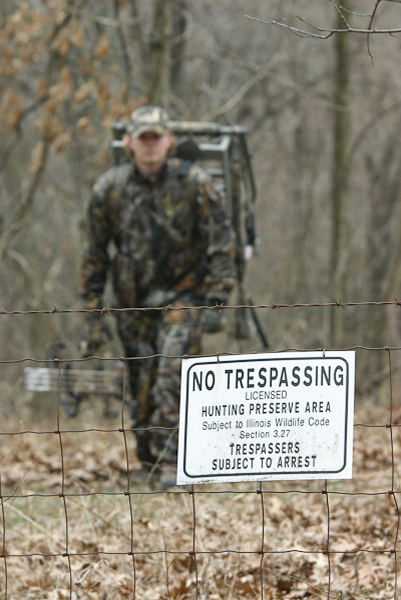
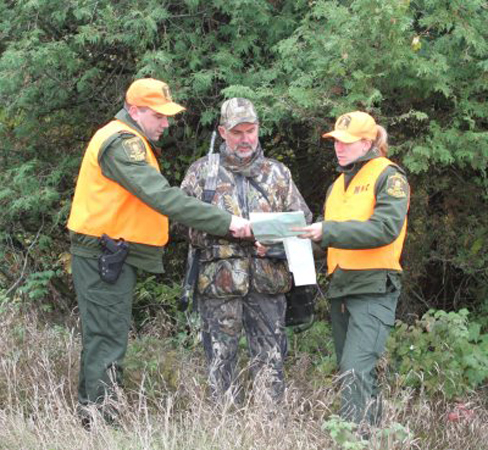
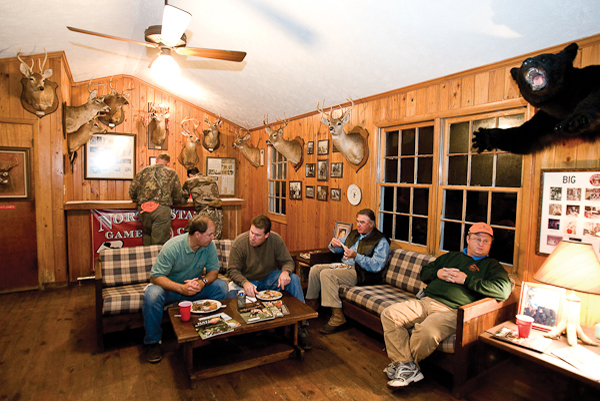
by John B. Snow One of my best friends belongs to a hunt club in South Carolina that has been around for generations. Every fall, friends and families gather there to reconnect with each other, hunt deer and celebrate their time outdoors. They come together around campfires, tell stories, put on deer drives and admire each other's deer on the buck pole. They hold kangaroo courts and cut off shirt tails when someone misses. In other words, it is a nearly perfect hunt club, except for one little problem–until recently, they never shot any big deer.
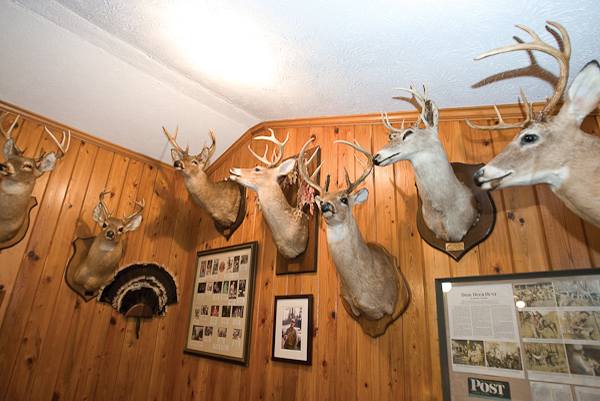
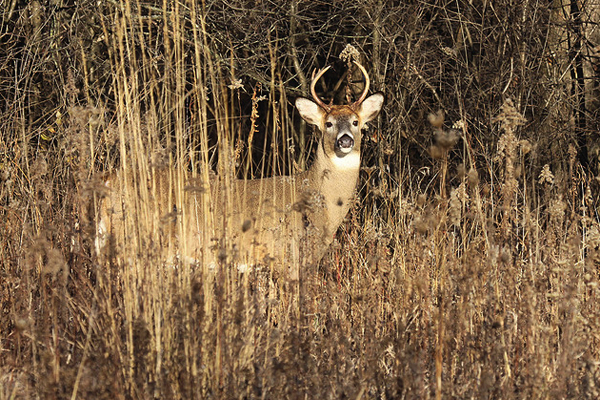
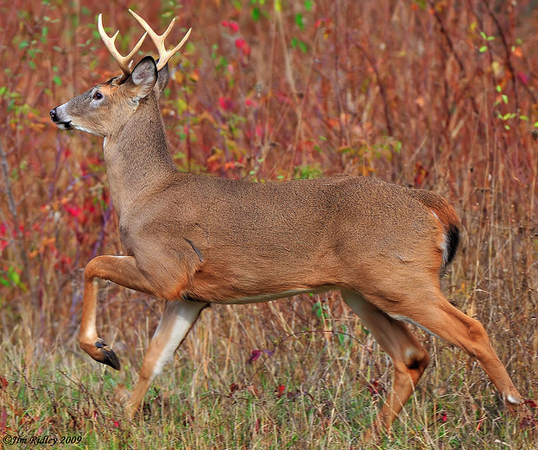
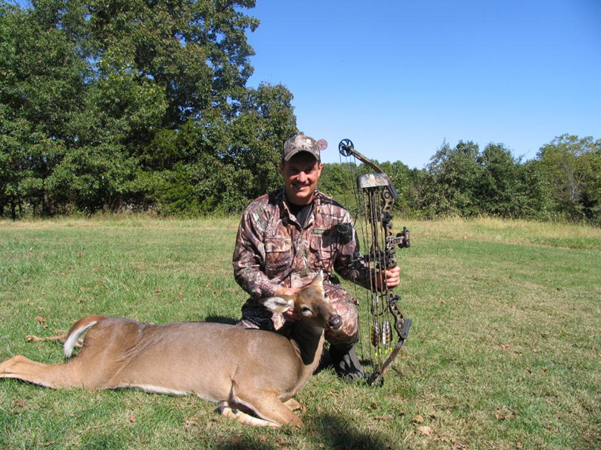
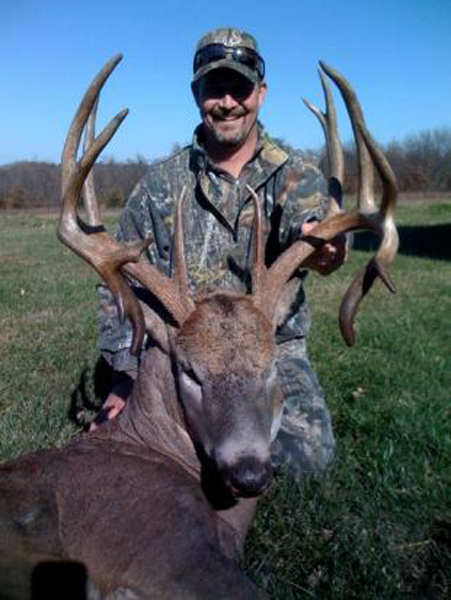
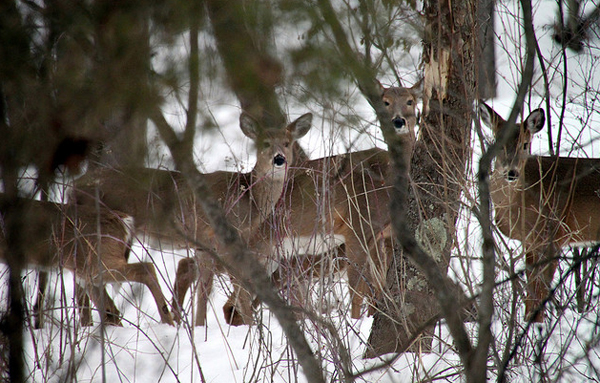
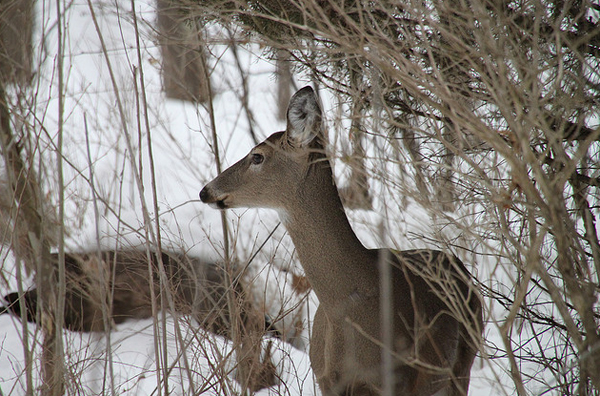
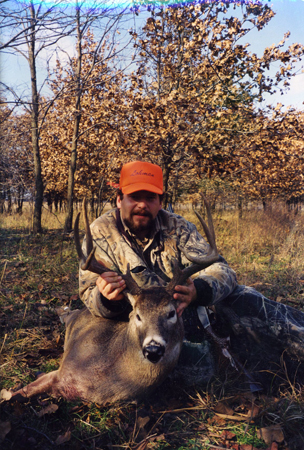
By Gerry Bethge "Shoot every adult doe you possibly can!" I doubt I'll ever forget those words, partly because they were spoken by one of the country's preeminent deer biologists, but mainly because they sparked in my hunting club a dozen years of in-fighting and disillusionment. And they are responsible for my conclusion that the "quality deer management" doctrine is not for the faint of heart and certainly not for everyone in every locale. Photo: Gerry Bethge and his buck

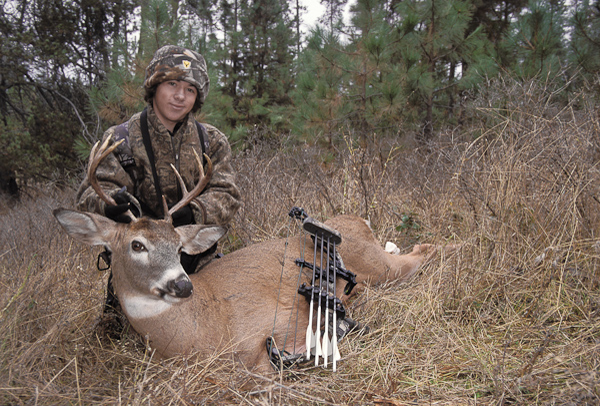
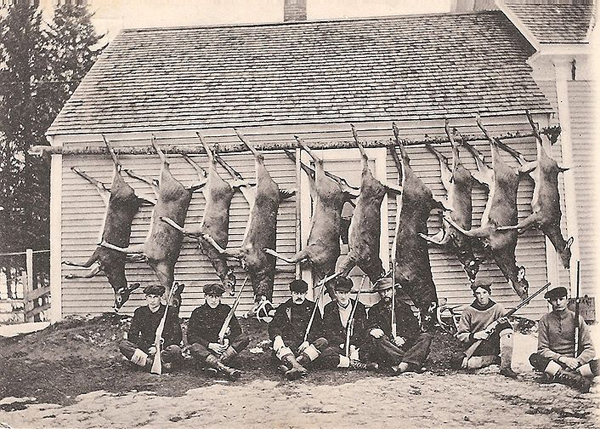
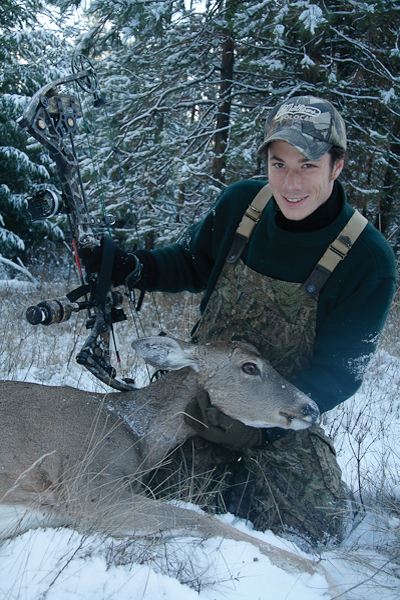
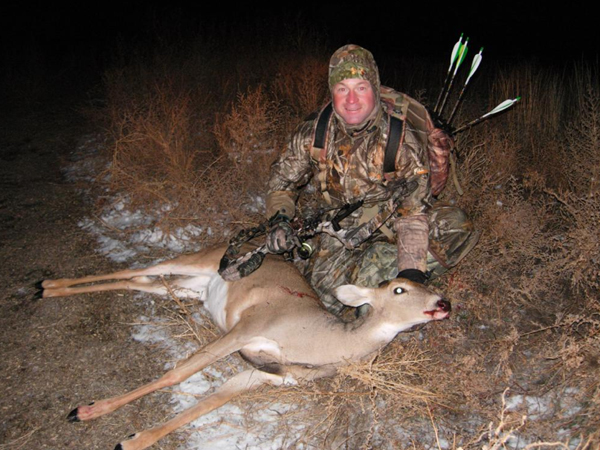
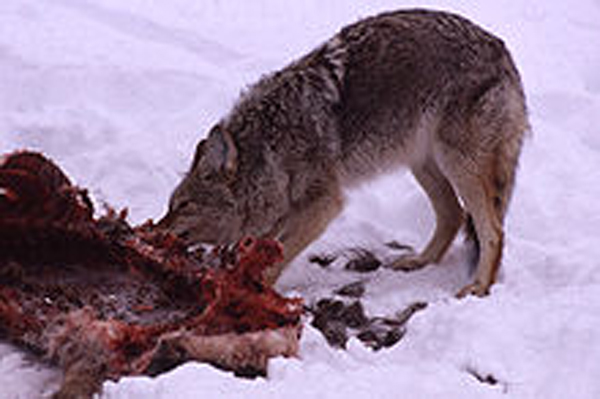
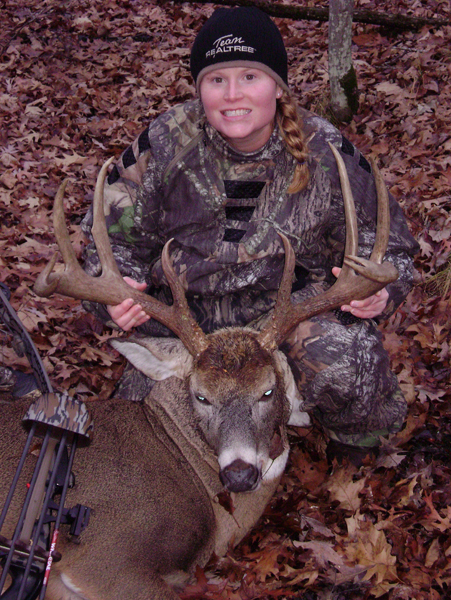
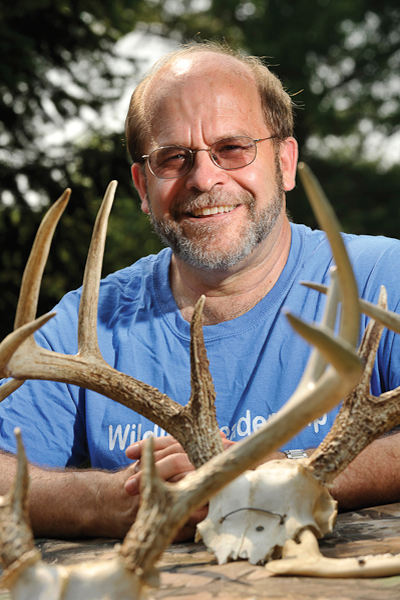
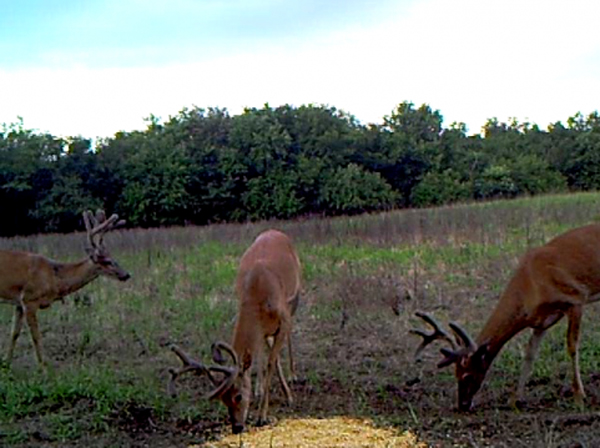
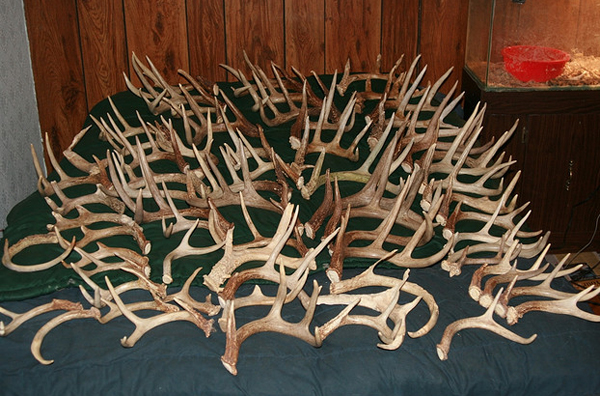
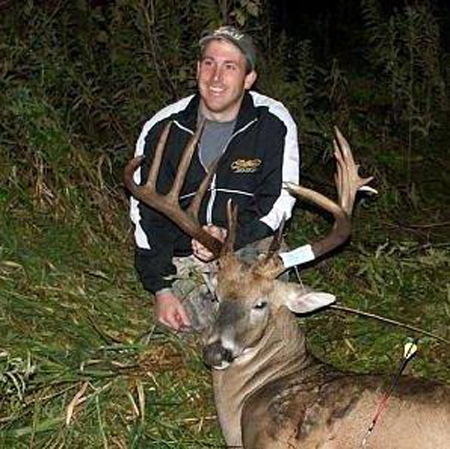
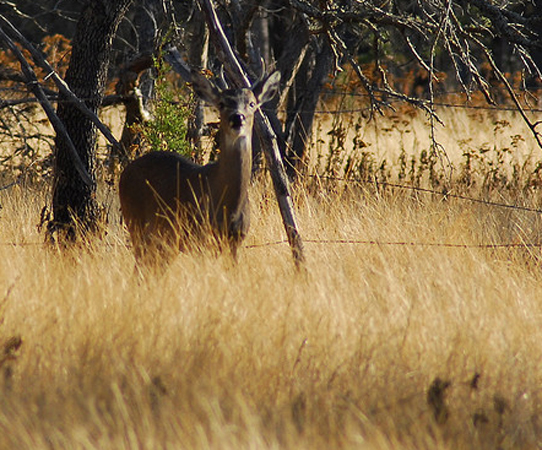
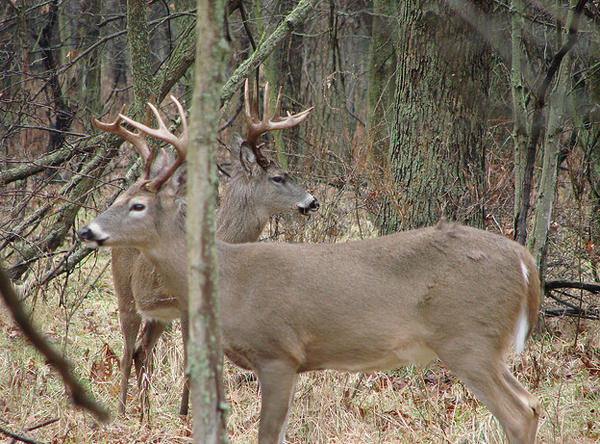
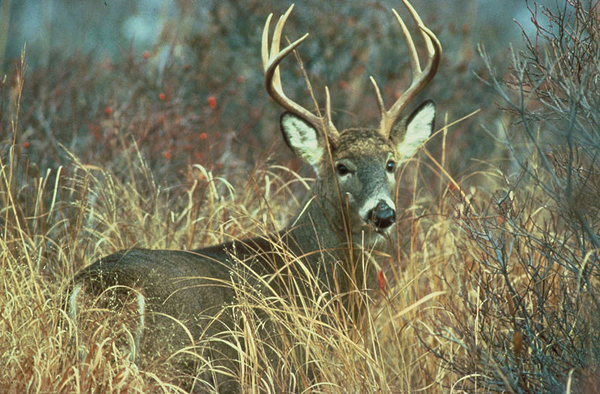
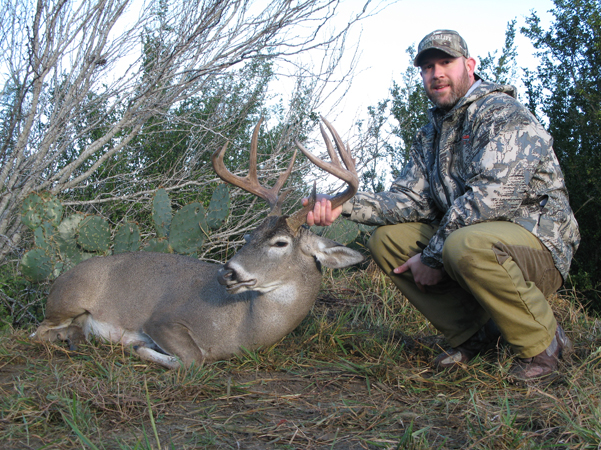
By John Taranto The first sentence of the press release stopped me cold: "In a world where hunters work year-round to grow monster whitetail bucks, because success is measured in inches…" After 10 years at Outdoor Life, I have become desensitized to the uncomfortable idea that hunters' single focus is on killing big deer, but to have our "measure of success" distilled into such stark terms left me questioning the priorities of our industry, as well as those of the hunters it serves. Photo: John Taranto and his buck
